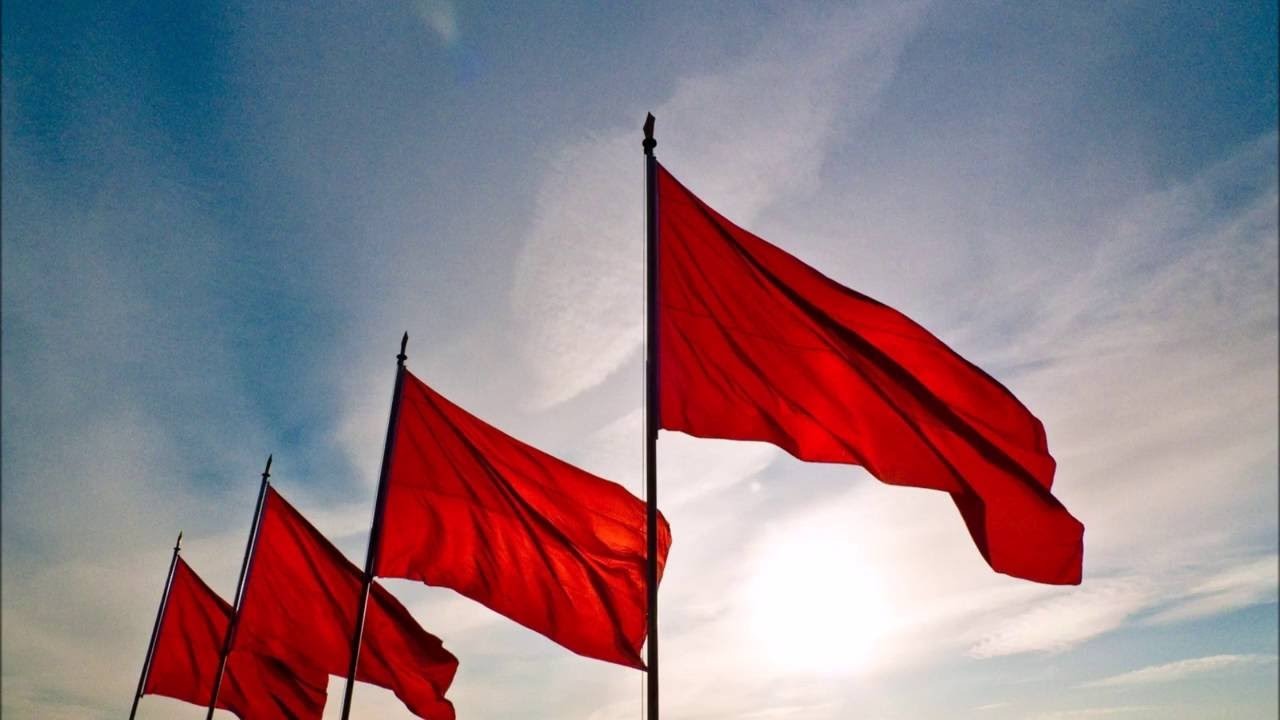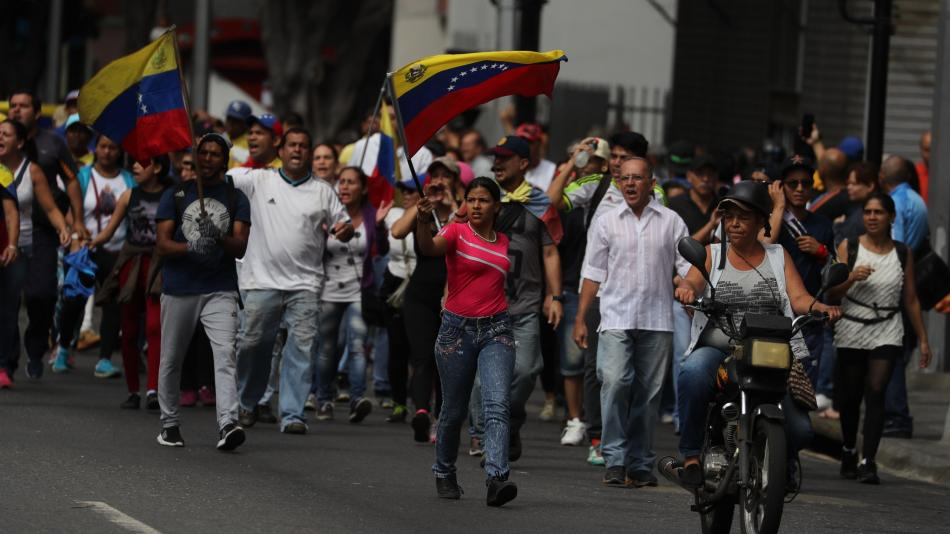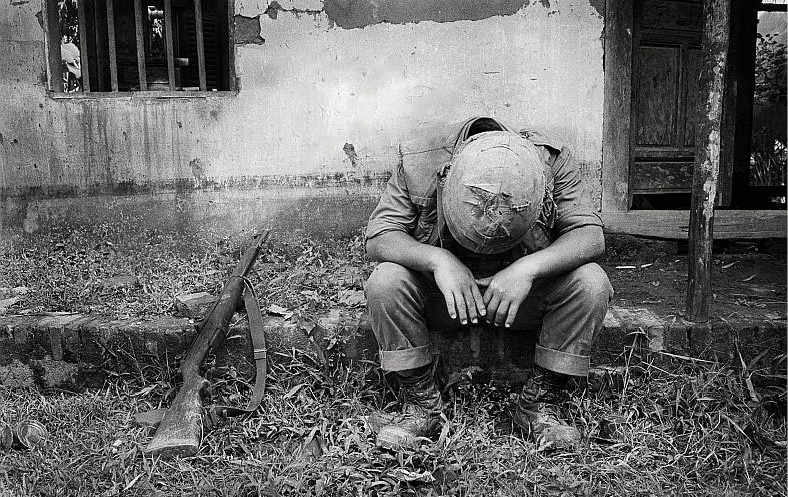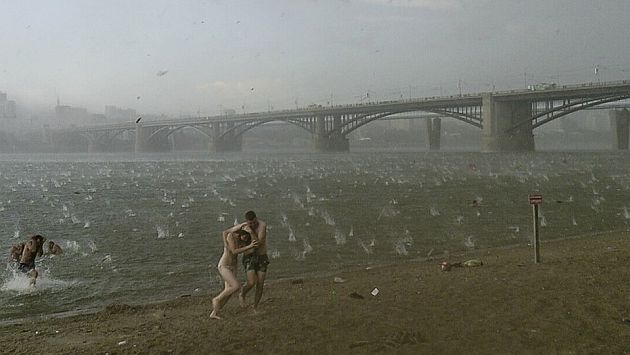The working class has never had a greater opportunity to seize power in Latin America and, at the same time, it has never been so defused. The Socialist struggle has everything in order to advance, but it cannot take the most basic steps forward. The capitalist crisis that began in the 1970s has extended and deepened unto today. Capitalism has failed to recover its profit rate to the levels of the post-war era. The inability to carry out an inter-bourgeoisie war of the magnitude that the situation requires, leads to a state of a gradual decline combined with relapses at shorter intervals. Concentration and centralization of capital have given rise to an ever more powerful, but much reduced, bourgeoisie. The increase in labor productivity has reached a historic advance in the productive forces, but it has also caused the proletarianization of large layers of the urban and rural bourgeoisie and petit bourgeoisie (the so-called “peasantry”).
Within the working class, these changes in production are expressed in the decrease of the active labor mass (employed working class under formal work) and the growth of the surplus population. In other words, we’re witnessing an up growth of the population that exceeds capital needs and that appears under different forms: self-employment, welfare assistance, informal and insecure employment, migrants and helpless rural population adopting the most diverse names, from “peasants” to “indigenous people”. They’re all part of the working class, inasmuch as they’re all deprived of means of production. It is a population that initially appears without any representation nor form of institutionalization, ignored by unionism and traditional forms of assistance.
These transformations are changing the landscape of bourgeois politics. The disappearance of an important layer of local bourgeoisies, a large part of the petit bourgeoisie and the active labor force, has dismantle the central axes in which traditional bourgeois parties had relayed on. The disappearing of the union as a vertebral axis, did not result in the emergence of a unified apparatus capable of replacing the former in the relation of the bourgeoisie with the working masses. The idea that bourgeois democracy, as a political regime, was going to solve the major problems of the population, has proven to be nothing more than an illusion with no future. The decline of the traditional bourgeois parties and the dispute over the solutions around the dire and snowballing economic crises has triggered a growing political crisis, in which several governments have fallen in the hands of popular mobilizations (Argentina, Ecuador, Bolivia, Venezuela and Brazil). That is to say, we are facing a degradation process, not a rise, of bourgeois politics.
However, on politics, there are never empty spaces, somebody is going to step in. In the absence of a revolutionary option, crisis and heavy pressure from the working class has resulted in the rise of Bonapartisms, or emerging governments of parties that were relegated, with some tradition in reformism, like the brazilian Partido dos Trabalhadores, (PT), i.e. Lula’s Workers’s party, and the Frente Amplio (Broad Froant) in Uruguay, both bourgeois solutions. More precarious in some cases, more institutional, in others. In any case, these has been the attempts from the bourgeoisie to reshape politics relations around new apparatuses linked to social assistance and a left-wing symbology. A construction from the top down, and not vice versa. The weaknesses of the left, the fragmentation of the bourgeois opposition and large amounts of petroleum and mineral revenue and farming income, made it possible for these experiments to take prevail for over a decade. Placed on historical perspective, a mere blink of an eye. Global crises and the fall in commodity prices has shown that these governments are based on a highly precarious link: the most immediate economic link. Their fall leads to a brutal austerity program and to the dispute between that lumpen-bourgeoisie, recipient of the state prebends, and the American and Chinese companies (the major example being the Odebrecht case in Brazil). Massive demonstrations forced the bourgeoisie to resort to some alternative, political oppositions where back on their feet with an agenda revolving around corruption, and scandals intensified; Petrolão, the so called “corruption notebooks” scandal in Argentina, and corruption in Peru. Large workers’ upheavals marked the end of those experiences, but the solutions did not show the capacity of mending the broken ties. Neither the economic nor the political ones.
To sum up, the working class has never been so numerous, and it has never had so few political ties with the bourgeoisie; while the bourgeoisie has never been so small and has never shown such confusion and incapacity to politically structure the society. The left faces a new and rarely seen opportunity; that said, if the first part of each term is irreversible, the second part is not eternal, it depends on the class struggle. The bourgeoisie can find a way to institutionalize once more the proletarian masses around one or two acronyms, hence the necessity of urgent intervention.
By contrast, the Latin American left believes that we are going through a “defensive” phase. It ignores all this previously described scene. Therefore, it proposes the alliance, more or less tacit, with some of the fractions of the bourgeoisie struggling to reconstruct their bourgeois democracy regimes. In Brazil, the left has denounced a “coup”, and it supports Lula and the PT. In Venezuela, it opposes Guaidó and his alliance with the US, but it refuses to fight the one who has the power: Chavism. In Argentina, the left is drawing an alliance where able, with Kirchnerism.
This means that we are facing a left that has retreated from Socialism and the struggle for power. It remains restricted to union claims. A political left that no longer appeals to the proletariat as a class, and blur this appeal discursively in the “the youth”, “the women”, “the peasants”, “the indigenous people” and other names that are either nonexistent or do not refer to the central issue of class struggle. Dragged by the prevailing postmodern climate (i.e., by the bourgeois ideology), left-wing politics has abandoned the working class. Therefore, the situation requires to rise to the occasion. This crisis is an unmatched opportunity. However, making use of it requires a series of appropriate tools: a socialist program and a revolutionary party. A party that exceeds the pure and simple unionism, that has the capacity to take action, independently, in the streets, and that does not make concessions to the bourgeois ideology, that does not draw alliances with any faction of the enemy, that fights nationalism of any kind and that, finally, calls for Socialism. We call upon all the organizations agreeing with this proposal to create a congress in order to discuss a program and constitute a socialist and revolutionary organization at a Latin American level.
We invite all the organizations and socialist activists who seriously and consistently face Chavism, the PT, Kirchnerism, Massism in Bolivia and all expression of reformism and nationalism, to an international congress to found a new left, with no ties and conditioning from any “holy scriptures”, and to coordinate a common action in Buenos Aires, from April 12th to April 14th.
For a Congress for a New International Left.
Buenos Aires, April 12th to April 14th, 2019.
Razón y Revolución
Transição socialista






